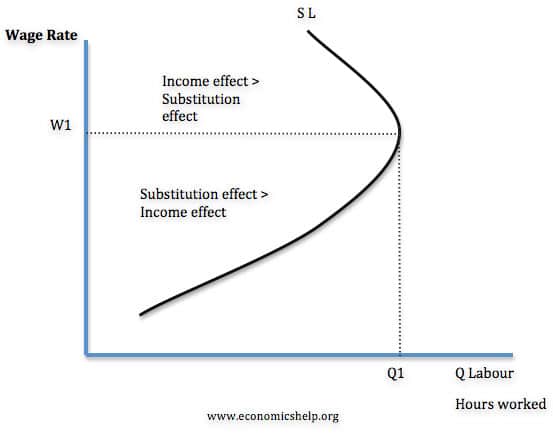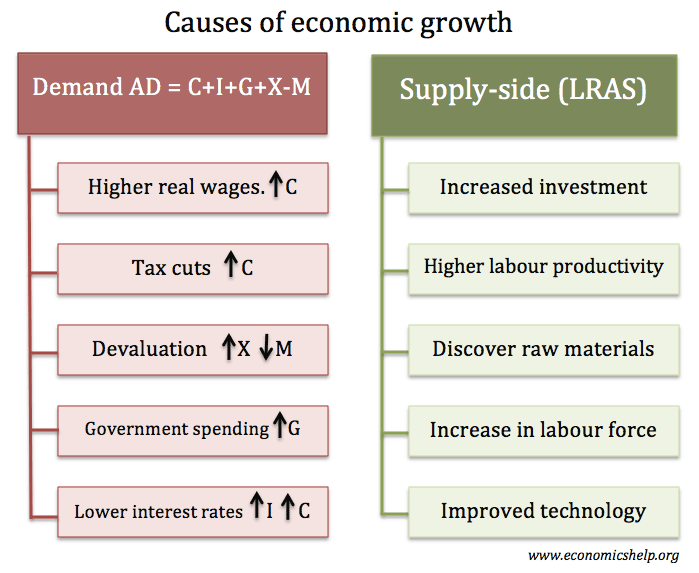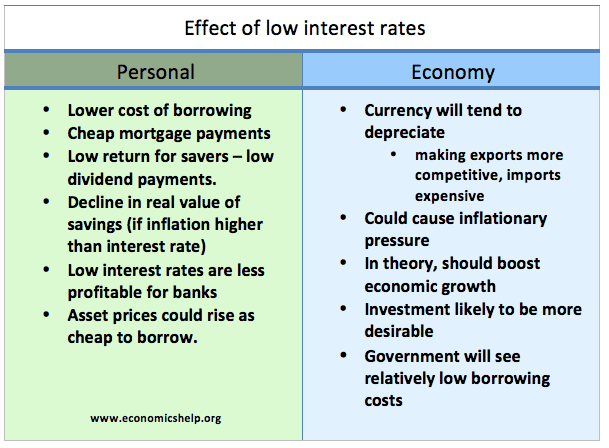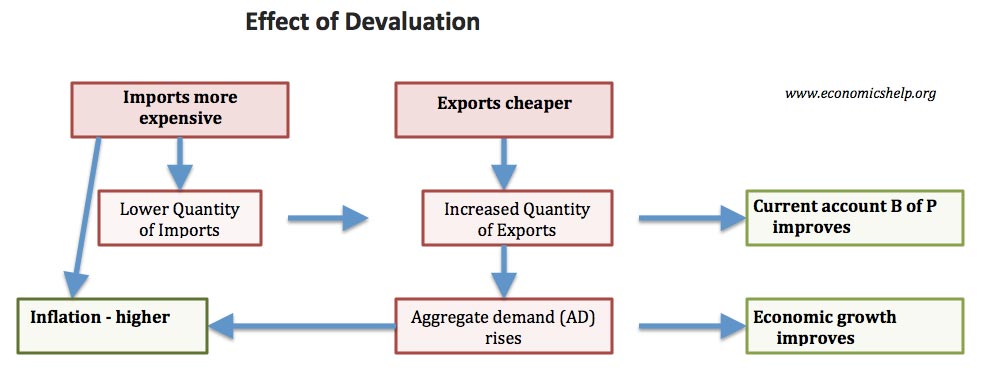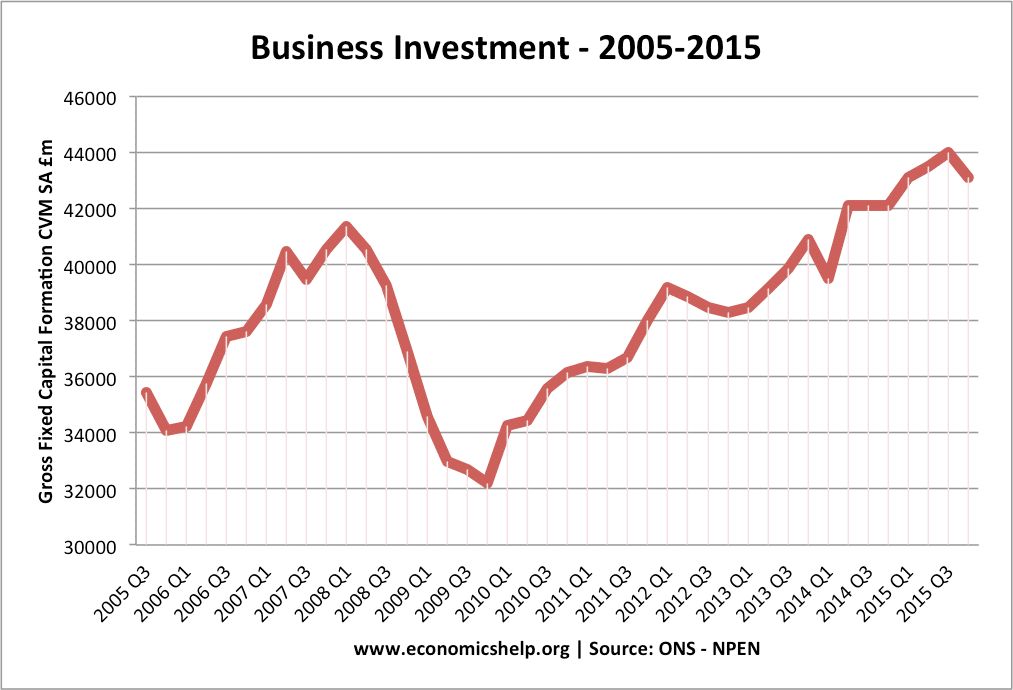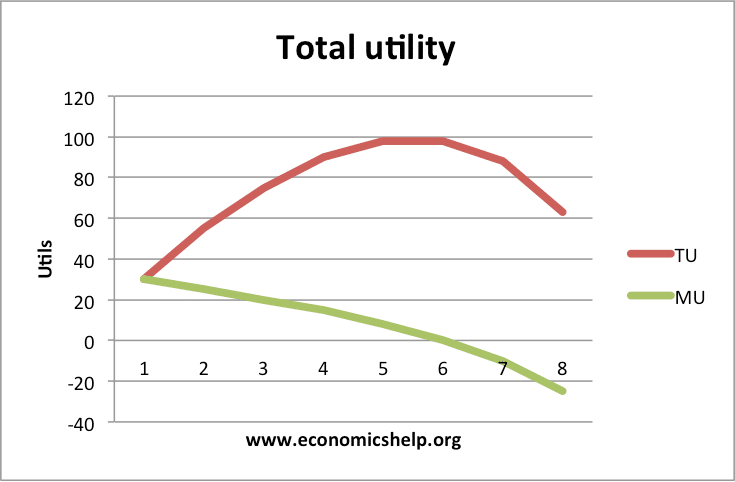Backward Bending Supply Curve
A typical supply curve shows an increase in supply as wages rise. It slopes from left to right. However, in labour markets, we can often witness a backward bending supply curve. This means after a certain point, higher wages can lead to a decline in labour supply. This occurs when higher wages encourage workers to …

